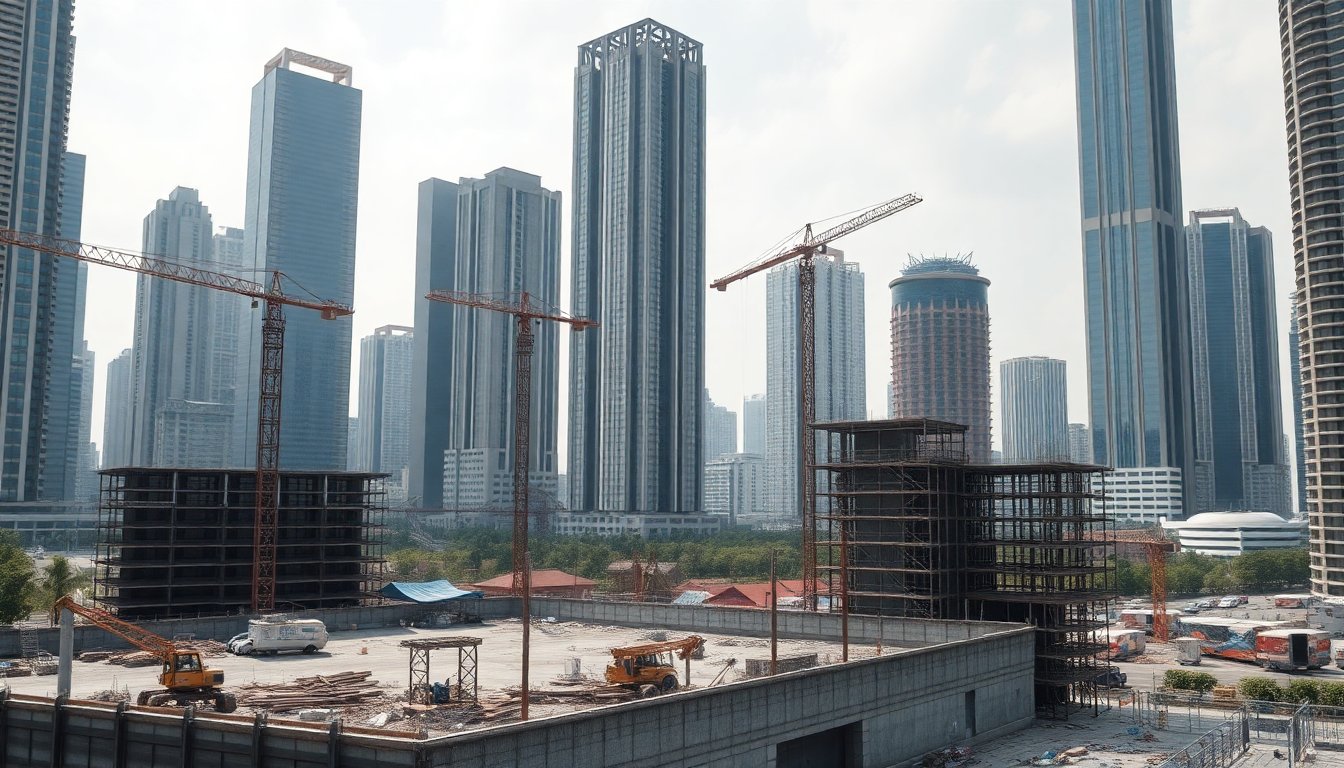Table of Contents
“`html
In recent months, China’s economic growth has faced significant challenges, highlighted by a sharp decline in investments and a slowdown in consumer spending. These developments indicate a substantial shift in the dynamics that have historically driven the Chinese economy. The situation has become increasingly complex, prompting analysts to monitor its implications for both domestic and global markets.
Investment decline: a major concern
Latest data shows that China is experiencing its most severe drop in investments in years. This downturn is particularly concerning as it coincides with a prolonged decrease in retail sales, which have been declining for an extended period. Such trends may signal a potential crisis in consumer confidence, crucial for sustaining economic growth.
Comparisons to past economic crises
The current state of the Chinese real estate market echoes catastrophic declines seen in Japan during the 1990s and the United States in 2008. Official statistics reveal that residential construction has plummeted by approximately 40% since its peak, with real terms reflecting a 30% decrease when adjusted for a 10% drop in material prices. Despite these challenges, the broader Chinese economy has managed to achieve an annual growth rate of around 4.5% to 5%. This resilience is largely due to targeted government policies aimed at stimulating growth in other sectors.
Transitioning economic models
The Chinese government is currently grappling with an excess of industrial capacity and rising inventory levels. These factors are beginning to create deflationary pressures on the economy, prompting policymakers to consider strategies for boosting domestic consumption or accepting a slower growth pace. The recent Fourth Plenary Session has acknowledged these economic realities, yet the speed of transition to a more consumption-driven model remains uncertain.
Impact on global trade
As the Chinese economy attempts to pivot, its traditional growth model—heavily reliant on exports and supply—faces new constraints. Trade relationships have shifted, with many emerging economies imposing higher tariffs and trade barriers on Chinese goods. Europe has initiated investigations into dumps of Chinese products, while the United States has raised tariffs, further limiting China’s market access. Although recent dialogues have alleviated some trade tensions, the long-term outlook for U.S.-China relations remains precarious.
Domestic challenges and economic outlook
Recent GDP data from China indicates that, while overall figures may seem favorable, an underlying fragility exists. Private domestic demand, which includes personal consumption and investments, has faced its most significant contraction since the pandemic began. Investments in fixed assets have started to decline, affecting the real estate sector as well as manufacturing and infrastructure.
Even investments from state-owned enterprises, which had previously remained stable, have recently begun to falter. This decline in domestic demand is compounded by rising inventory levels, which contributed to an unexpectedly positive GDP result for the third quarter, following a robust second quarter.
Future implications for the economy
The accumulation of excess inventory cannot persist indefinitely if China intends to mitigate deflationary trends and stabilize its economy. Policymakers have begun to emphasize an ‘anti-involution’ campaign, aiming to address intense competition and focus on higher-quality growth. However, without a stronger push to enhance domestic demand or a willingness to accept a slower production growth rate, excess inventory will likely necessitate further price reductions in exports.
While fiscal stimulus measures are on the horizon, their immediate impact has been minimal. The looming threat of widespread deflation continues to affect global markets, with countries that maintain low trade barriers—particularly in Europe—expected to bear the brunt of these economic shifts.
“`


